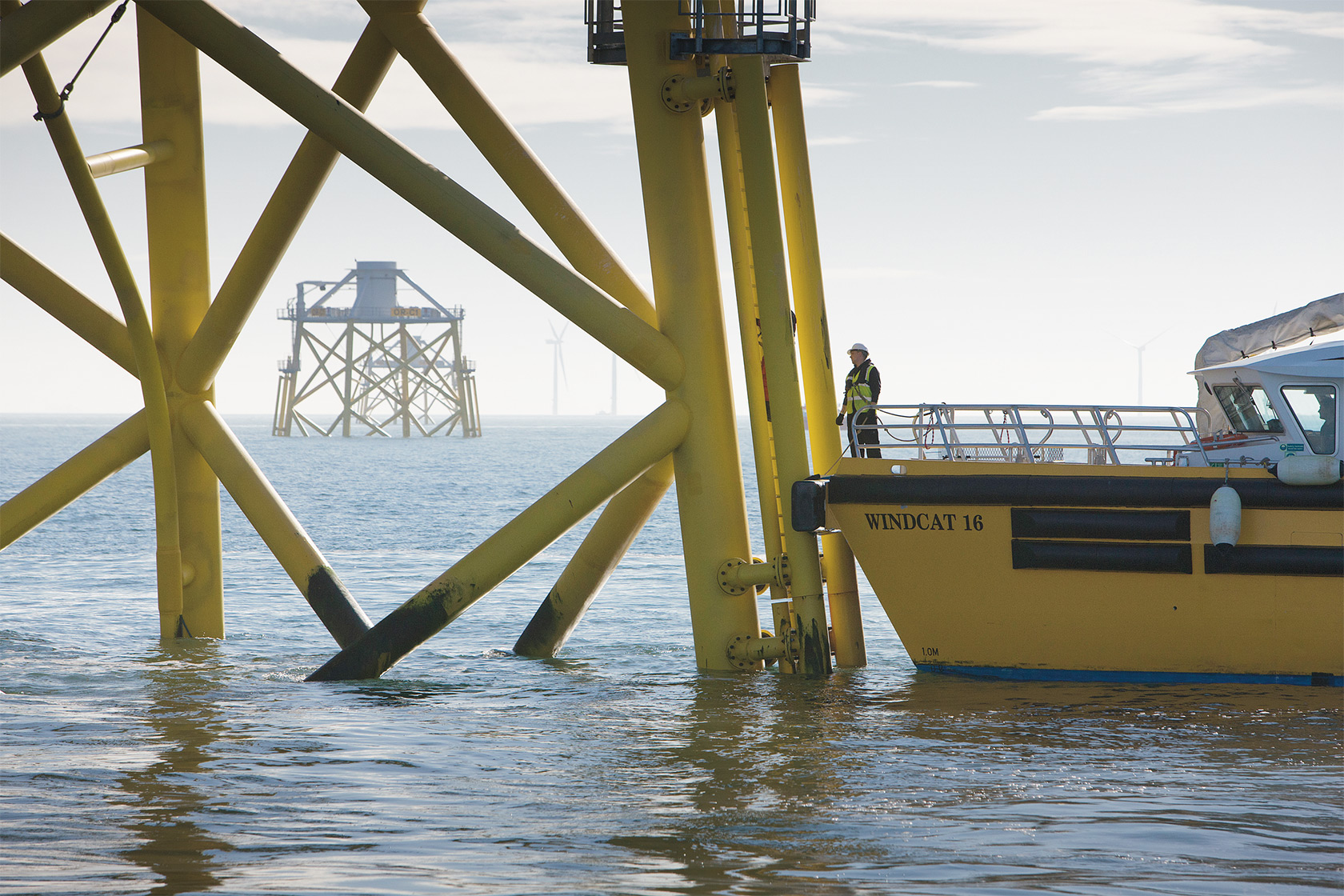Sustainable production
Development of fossil-free solutions is happening.
Fossil-free electricity at large scale
To reach our goal of fossil freedom, we are transforming our production portfolio and helping customers to power their lives in climate smarter ways. We are phasing out fossil production, investing in renewables and innovating with new ways of energy storage.
Vattenfall generates electricity and heat from many types of energy sources, including hydro, wind, solar, biomass, waste, nuclear, coal and natural gas. Vattenfall is one of the largest providers of fossil free electricity in Europe. We will phase out coal as fuel in all our heat plants by 2030.

By integrating solar energy with wind farms we can keep costs down and minimise the environmental impact.
Hydro
Hydro power provides large-scale, stable renewable electricity and helps balance intermittent generation. Hydro power plants are producing almost no emissions and have, in addition to this, no fuel costs and a long economic life.
We own and operate some 100 hydro power plants, most of which are located in Sweden with some in Finland, Germany and the Netherlands. Hydro power accounts for a large proportion of Vattenfall's total electricity generation and is the most significant renewable energy source both in terms of Vattenfall's production and the European energy system.
Nuclear
Nuclear power emits low levels of CO2 throughout its life cycle and provides stable and large-scale electricity generation. The costs of fuel, operation, and maintenance are normally low. We are continuously intensifying our efforts to achieve impeccable safety and availability levels. Vattenfall aims to maintain a leading position in nuclear safety as it is our responsibility to protect the general public, the people working at our nuclear power plants, and the environment.
Wind
Wind power is one of the most important energy sources to enable fossil freedom that drives society forward. It currently provides 19% of Europe’s electricity consumption and, together with solar power, is one of the cheapest forms of electricity generation. An average of 30 additional GW are needed onshore and offshore every year to hit the EU targets by 2030. Vattenfall is well positioned to participate in this growth.
At present, Vattenfall operates more than 1,300 wind turbines with a total installed capacity of around 6.1 GW in five European countries, enough to power around 5 million homes a year.

Our energy sources
Vattenfall produces electricity and heat from many types of energy sources. We are actively phasing out fossil-based production.
Solar
Solar energy is a renewable energy source that is easy to install, requires little operation and maintenance work and solar energy systems have a long service life. We continue to explore new opportunities in solar energy technology and battery storage, and we can for example by integrating solar energy with wind farms keep costs down and minimise the environmental impact by taking advantage of existing infrastructure. We plan to build additional solar farms in our efforts to further diversify our portfolio.
Biomass
As a renewable energy source, biomass releases only as much CO2 when it is burned as it has bound during the growth phase. In addition to biogas and biomethane, the term biomass generally also includes forest residues from forestry, by-products from the wood processing industry such as sawdust and untreated wood residues and yields from short rotation plantations.
Related content

We are working with customers and partners to enable fossil freedom.

We are forming partnerships in different fields and industries to reach climate goals.



